Can I Recycle That?
If you secretly wonder whether or not the items you toss in the recycling bin are acceptable, then here's your handy guide.
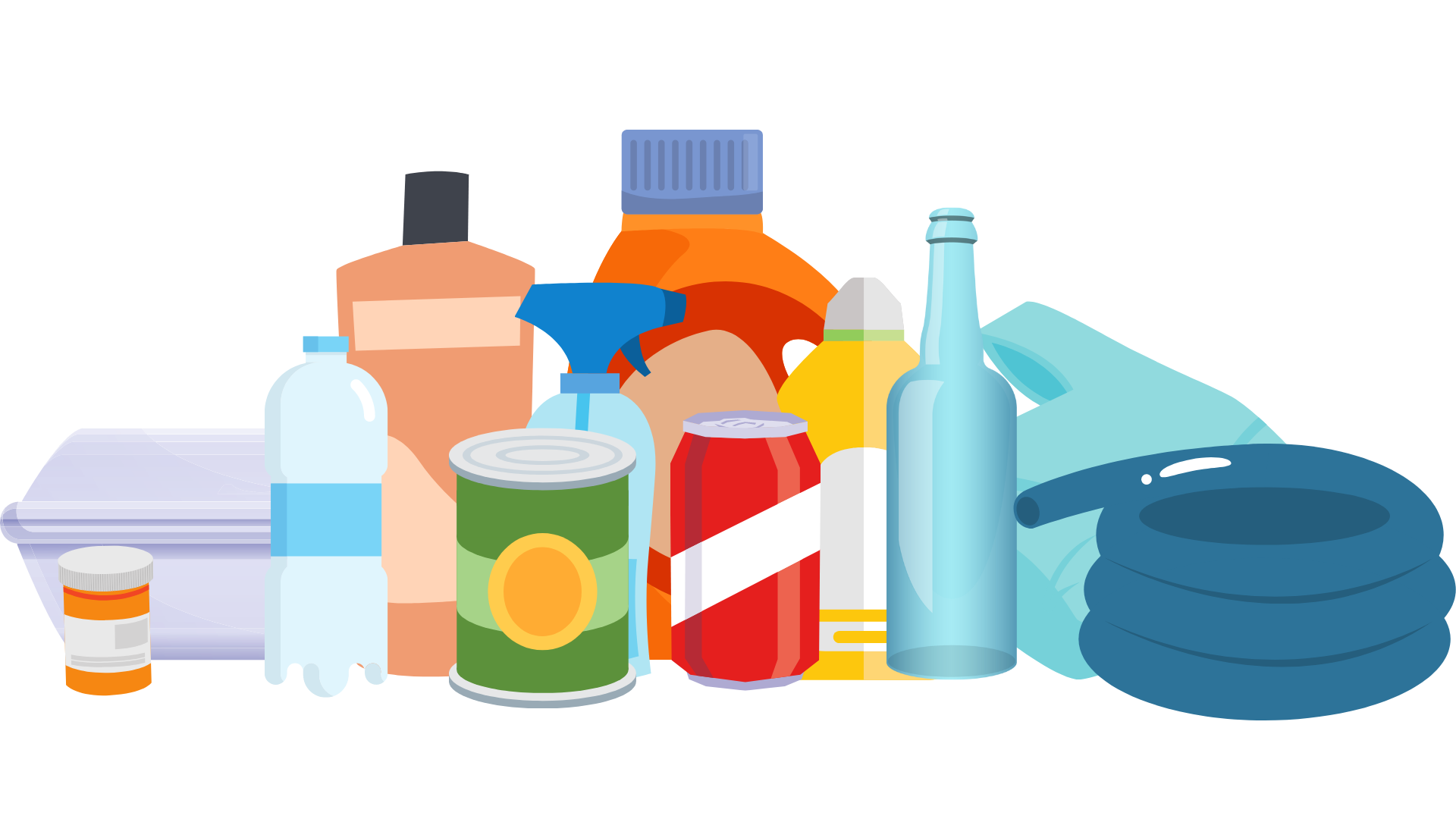
It's one of those I-don't-feel-like-cooking kinds of nights, so you opt for a microwavable dinner from the freezer. You pop the tray into the microwave and, as the intermolecular friction works its magic, you're faced with a conundrum.
Is this box that my dinner came in recyclable?
Many of us are familiar with the concept of "wish cycling" - popping an item in the recycling bin without knowing if it's actually recyclable (but really hoping that it is). This makes a lot of sense, especially if you've been conditioned (like I have been) to think that recycling something is better than throwing it in the trash - so, when in doubt, recycle, right?
Unfortunately, wish cycling can lead to lots of perfectly recyclable materials being sent to a landfill because they've been contaminated with non-recyclable materials. Learning what is and isn't recyclable is a huge part of ensuring that what we throw in the recycling bin actually gets recycled.
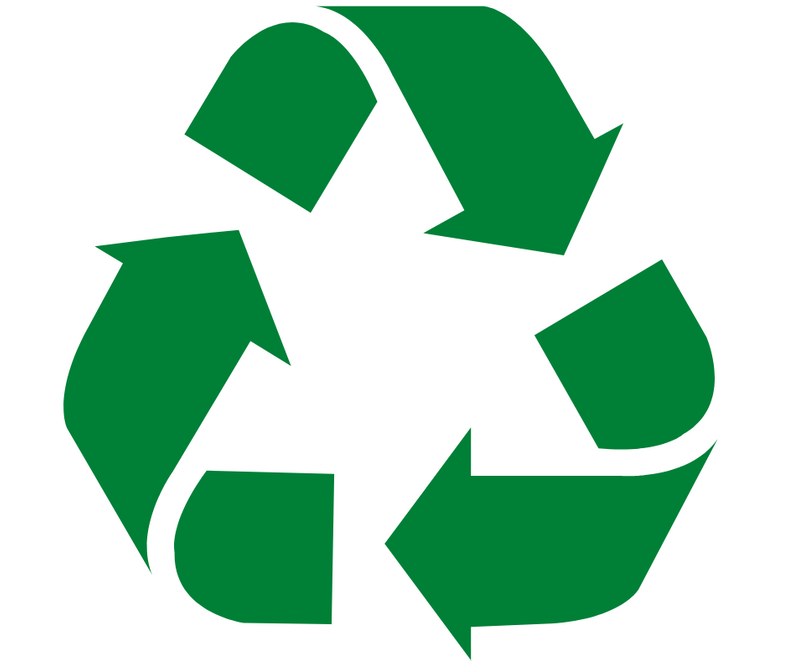
But it's complicated, right? Nearly every package, bottle and carton has those familiar chasing arrows on them, but what do those numbers mean? And just because it's accepted in one county doesn't necessarily mean it will be accepted in another. So, how do I know?
There's no one silver bullet to answer all of these questions, but understanding how the recycling process actually works can help you understand why some things are or are not recyclable.

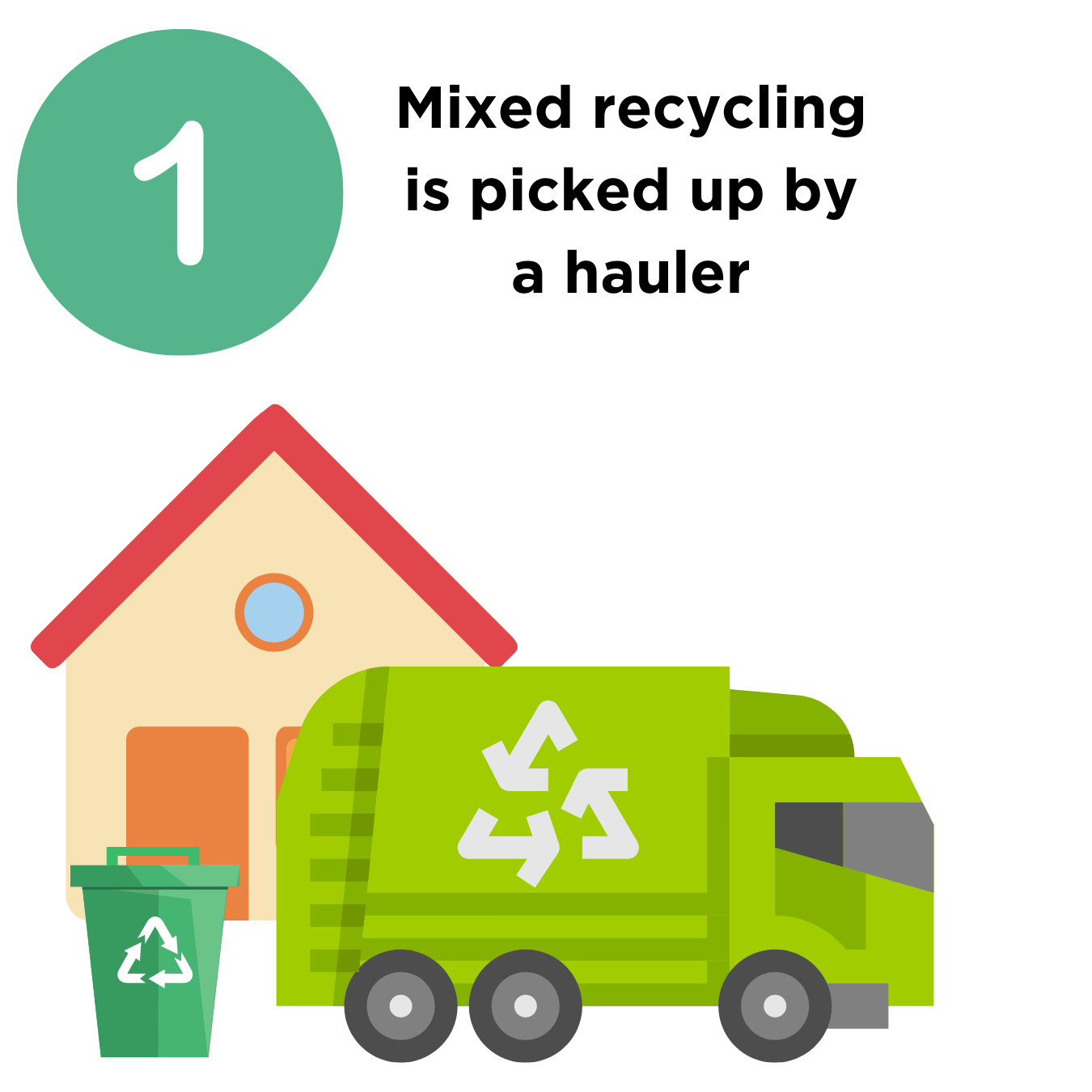
Step 1 | Mixed recycling is picked up by a hauler
Before the trucks even arrive at your home, there are things you can do to increase the chances that your items will be recycled:
- Rinse out your containers - food will contaminate recyclables.
- Leave items loose in the bins, not in a paper bag (I'm definitely guilty of this!). This ensures that none of the bits get stuck in the bottom of a bag and not recycled.
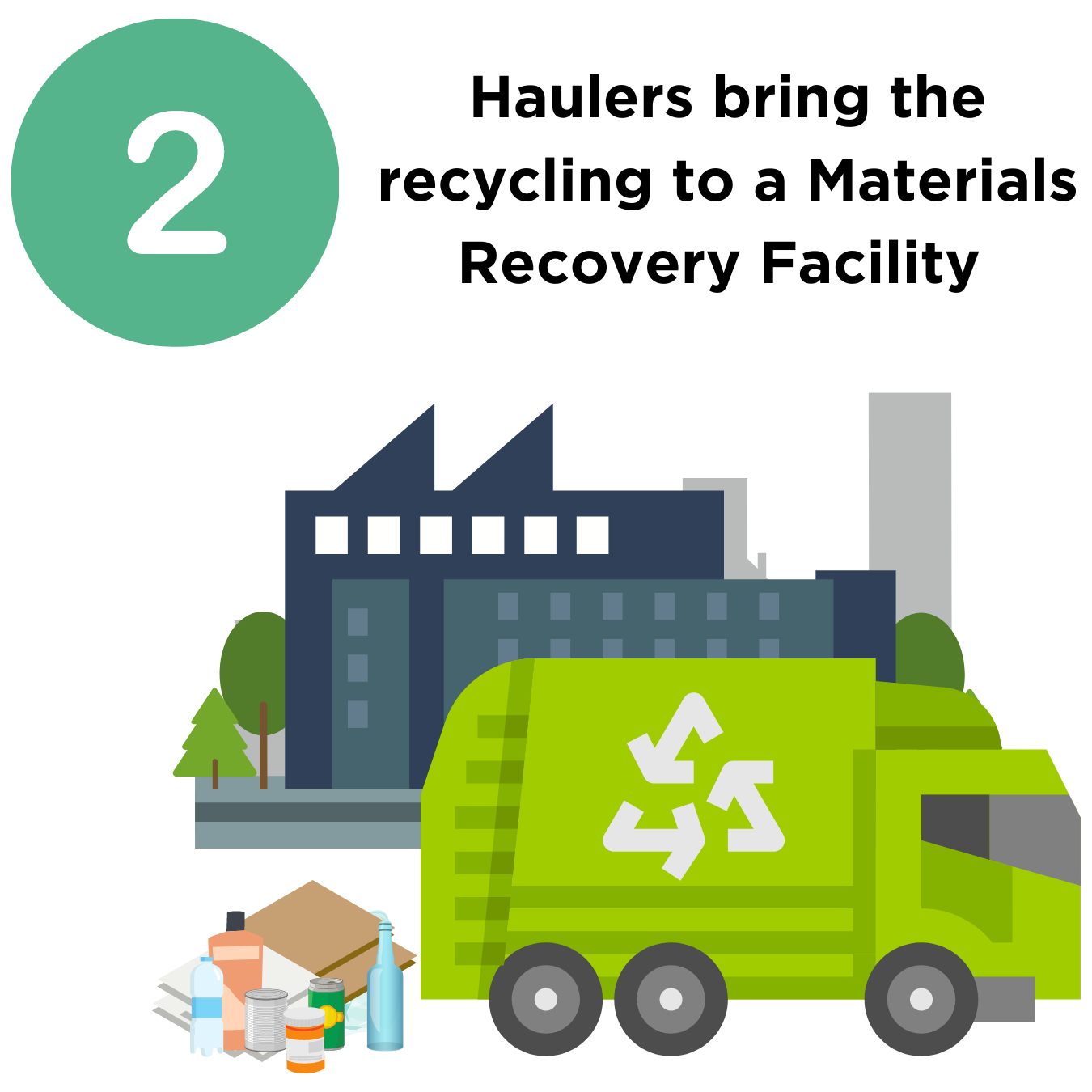
Step 2 | Haulers bring the recycling to a Materials Recovery Facility
The purpose of a Materials Recovery Facility - or MRF (rhymes with Smurf) - is to sort items by type. Paper with paper, #2 plastics with #2 plastics, etc. This ensures that when a company that uses, say, recycled #2 plastics to make lawn and garden products, they are sure that there's no Styrofoam or paper or anything else that would compromise their material and make it less sturdy.
❌ Mixed-material items such as plastic-coated paper boxes or soap bottle pumps (which contain plastic and metal) are usually not recyclable.
Step 3 | People manually remove non-recyclable materials
❌ Do not put plastic bags, cords, holiday lights, hoses or anything else that could get wrapped around the machinery into the recycling bin.
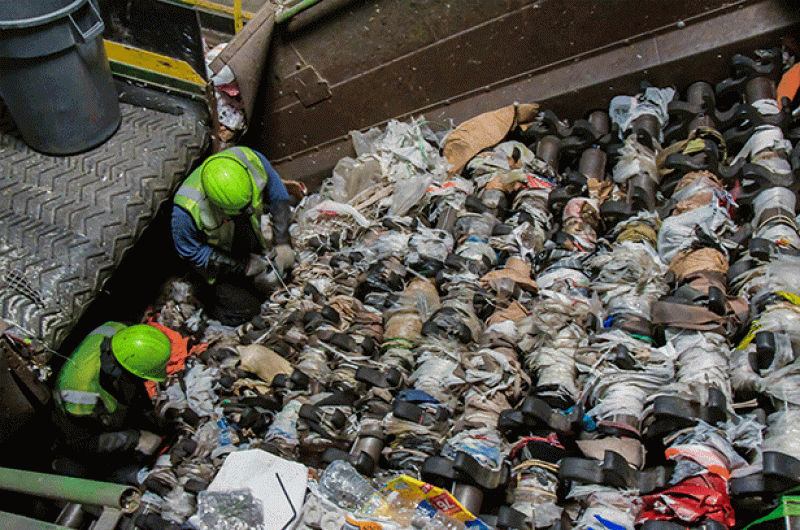
Step 4 | Cardboard & paper is filtered out on rollers while other items fall through
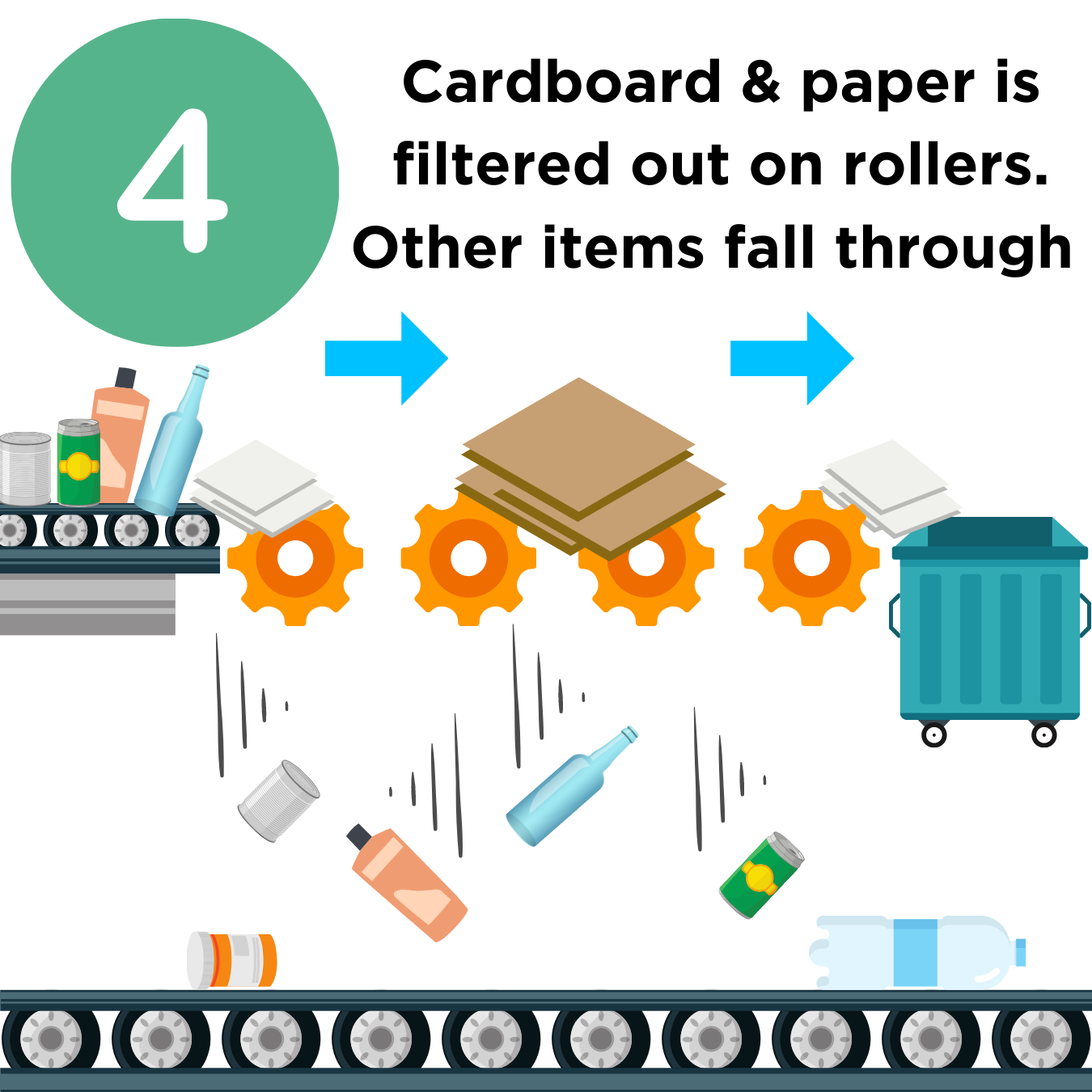
These rollers are great for separating out paper - unless the paper is small, in which case the paper will fall through the rollers and contaminate materials further down the line.
❌ In general, if something is smaller than a credit card, it should not go in the recycling. Some common small items that should not be put in the recycling bin are straws, bits of paper, disposable silverware, K-cups, and broken glass. Shredded paper can be brought to drop off events (search the internet for "[County] Drop Off Facilities")
❌ Freezer boxes & ice cream containers must go in the trash because of the plastic coating on the cardboard. In Minneapolis, however, they say that if the food doesn't touch the box, it can go into recycling. Check your city's policy.
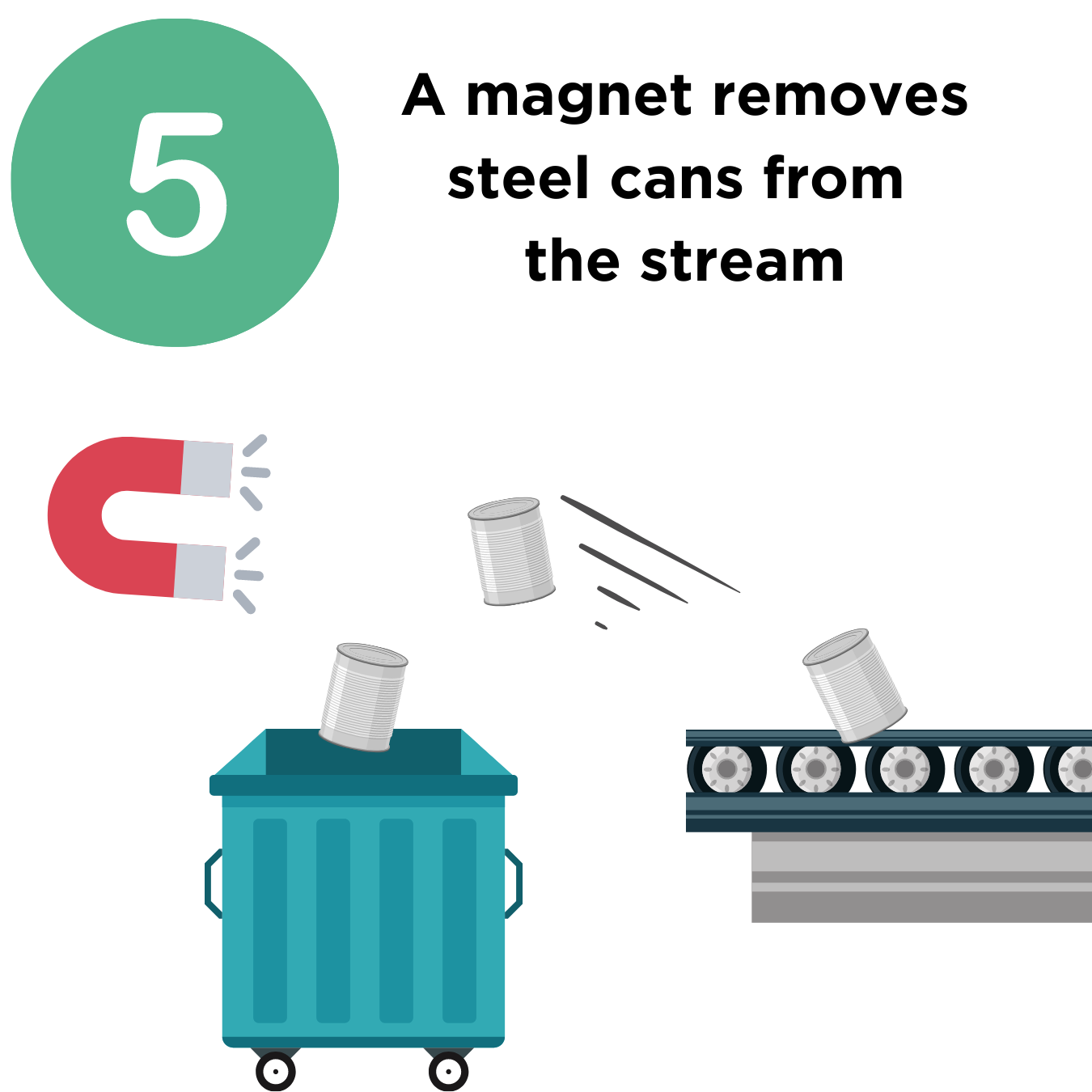
Step 5 | Large magnets collect steel cans from the stream
✅ Fun fact! You don't need to take the labels off of tin cans as they are melted down in fire which will get rid of the paper anyway.
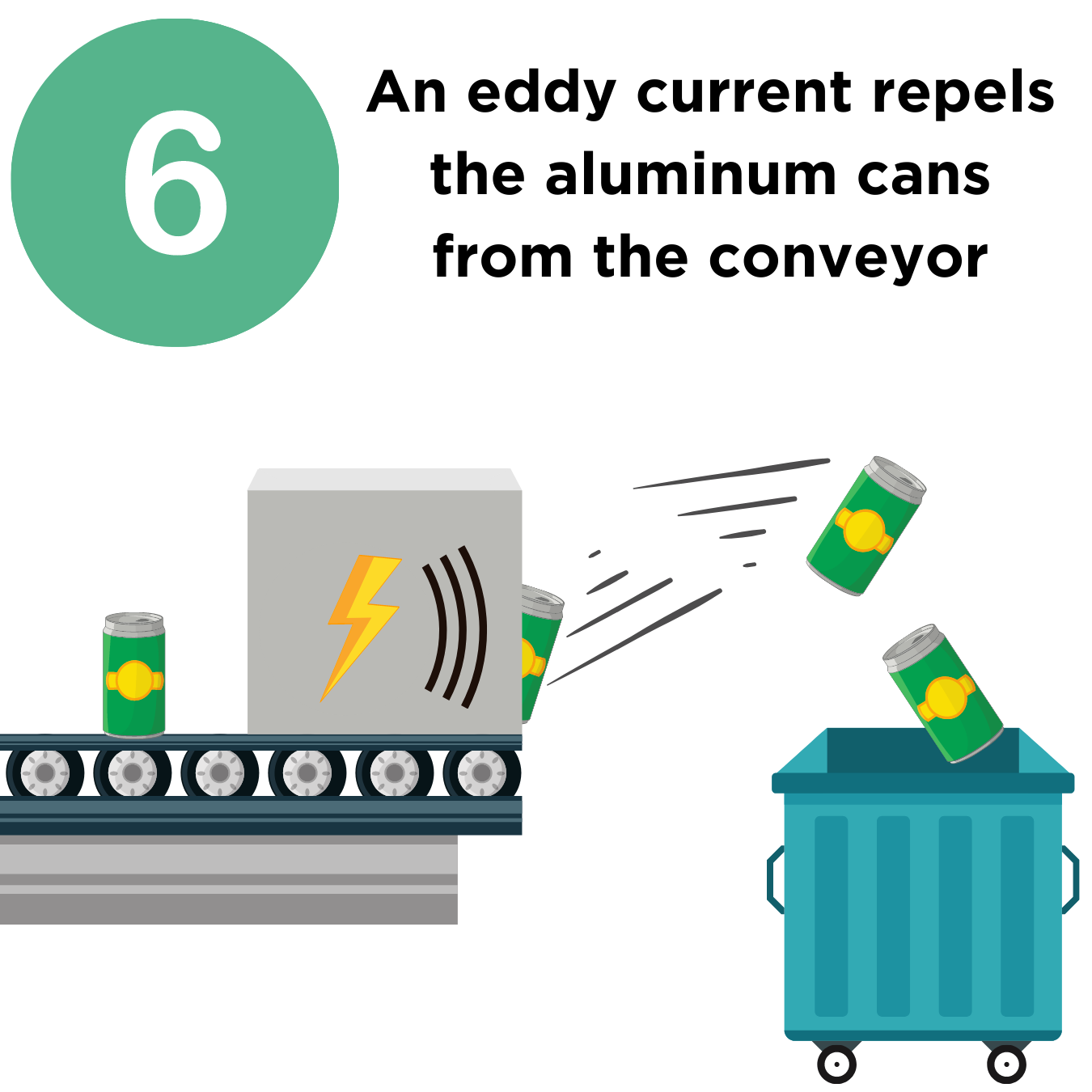
Step 6 | An eddy current draws aluminum cans from the stream
Step 7 | A density blower redirects plastics to a different conveyor belt
❌ Remember! Plastic-lined paper items go in the trash
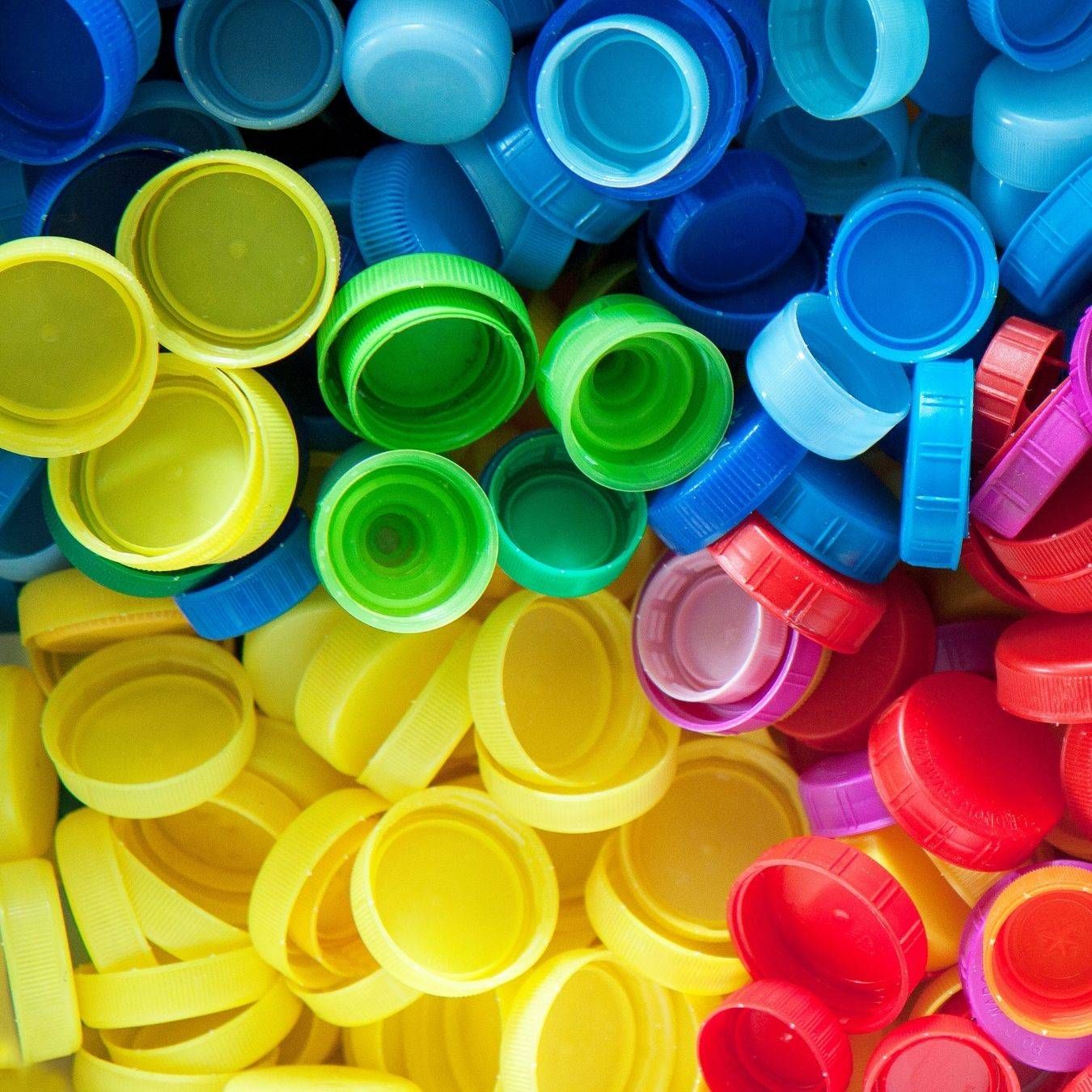
What to do with all those caps?
✅ If the caps are made of the same material as the bottle they came on, leave them screwed onto the bottle.
❌ If the caps are made of a different material (such as a metal cap on a glass bottle) they should be kept off.
✅ You can keep metal bottle caps in a tin can and cinch the can closed before recycling it! Just keep an eye on the weight so it doesn't get much heavier than an empty can or the magnets at the MRF won't work properly.
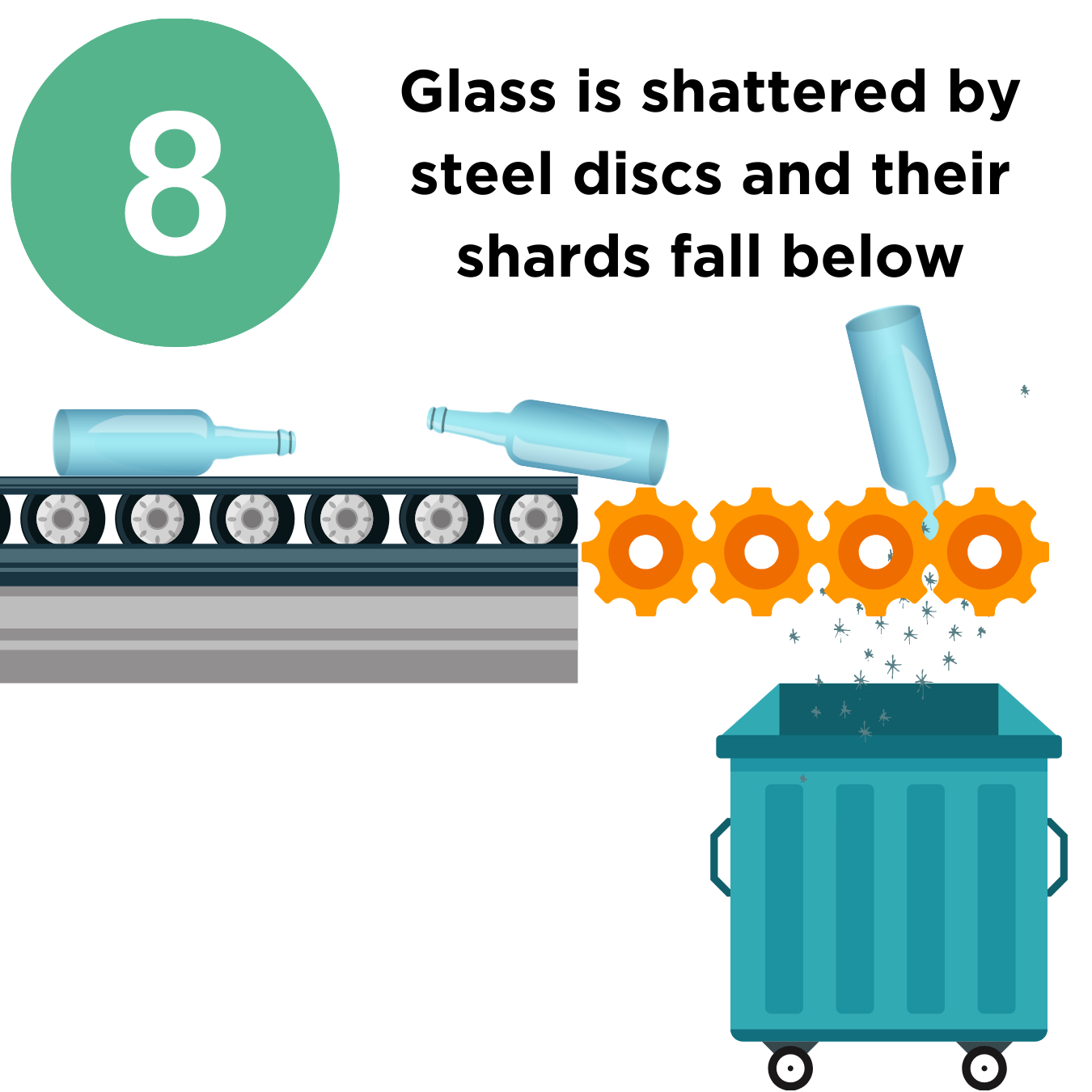
Step 8 | Glass bottles and jars are screened out and shattered. Their shards fall below
Glass is pretty magical when it comes to recycling: It can be recycled endlessly without a loss in quality or purity. Unfortunately, in the U.S., only 33% of glass is actually recycled compared to 90% in many European countries. One of the primary reasons? Contamination. Remember to keep those small bits of paper, plastic, etc. out of the recycling or they may end up mixed in with the glass, making it unusable.
❌ Glass that is not used for food and beverages - such as windows, Pyrex and crystal - should be put in the trash, not the recycling. These items are manufactured through a different process than food and beverage glass, and can cause production problems and defective recycled products.
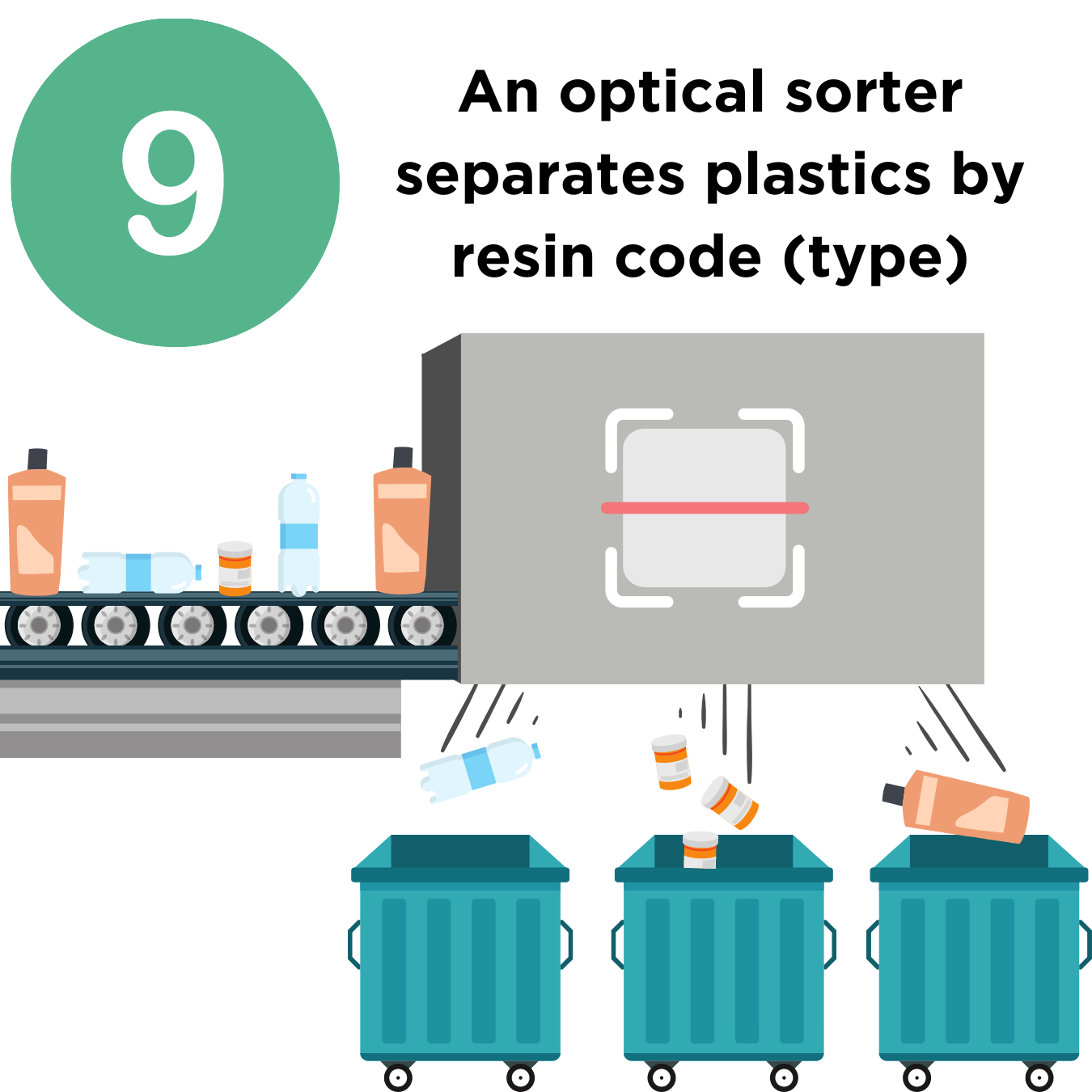
Step 9 | Optic sensors sort the remaining plastic by resin code into designated bins.
Plastics are … complicated.
It's complicated on the manufacturer's end with the stamping of all of those what-look-like-recycling signs on the bottom of packages that aren't actually recyclable.
It's complicated on the consumer end in trying to decipher which plastics can be recycled. A waste sort conducted by Hennepin County in 2016 found the capture rate for recyclable plastics to be about 50% to 60%, meaning people are only recycling about half the plastics they could be.
And it's complicated on the recycling end because, unlike glass, plastic degrades each time it's recycled. In fact, only about 1% of the total plastic that has ever been created has been recycled more than once.
So, yeah. It's complicated.
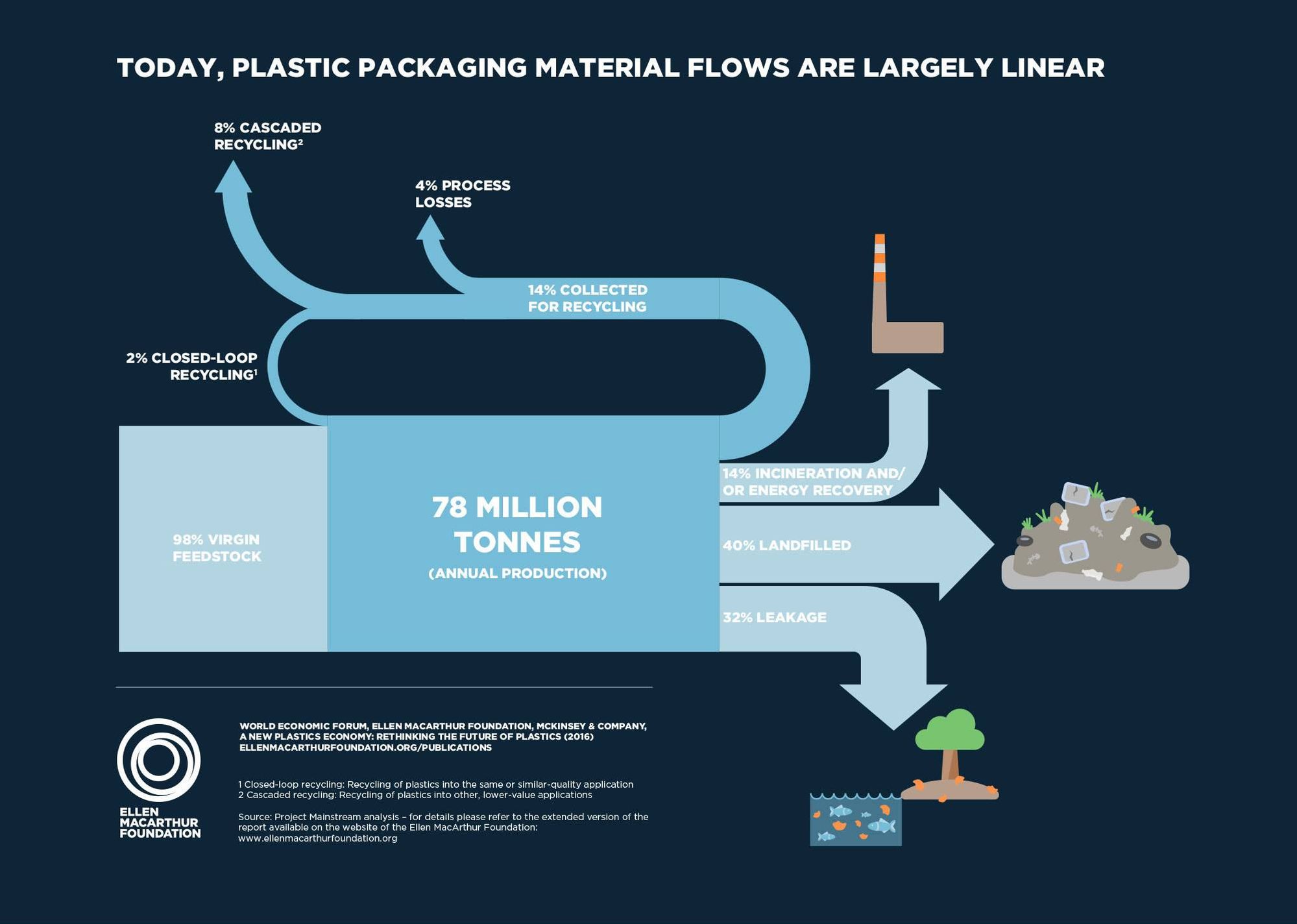
Knowledge is power. Let's take a look at what all of those different numbers on the bottom of your plastic containers (AKA resin codes) mean.
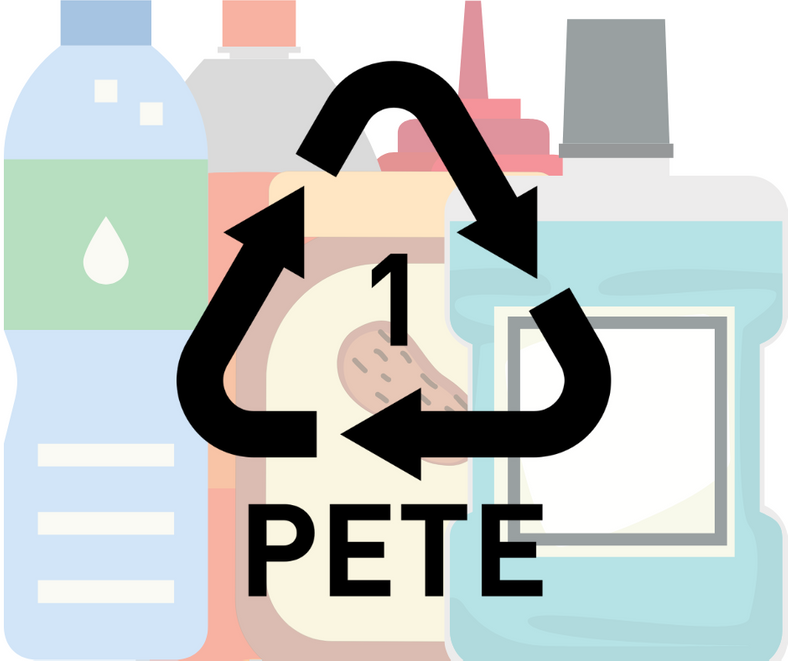
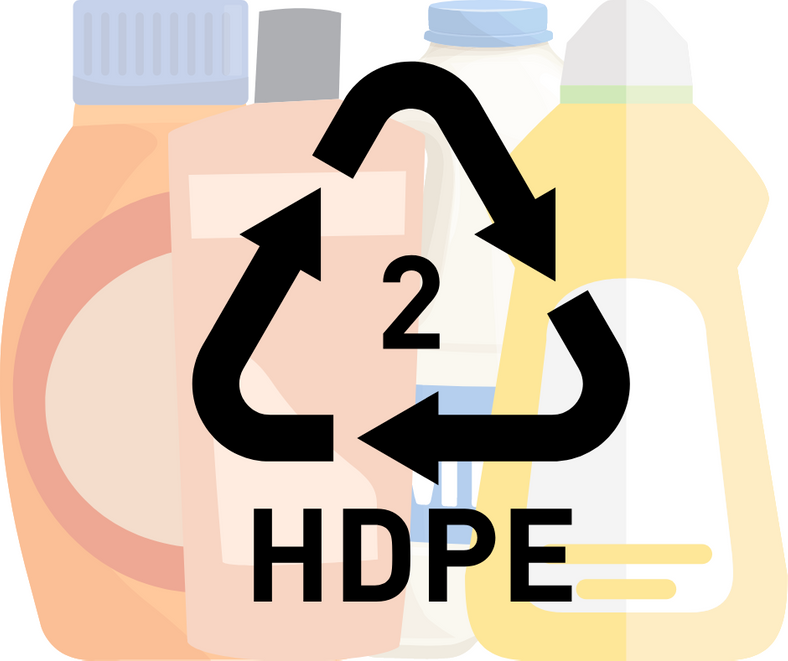
#2 High density polyethylene (HDPE)
#2 is used to make things like milk jugs, shopping bags, cereal box liners, juice concentrate, tofu containers, bottles for shampoo, dish soap, laundry detergent and household cleaners.
✅ Most curbside programs accept the bottle form of #2 HDPE.
❌ As you already know, plastic bags are not accepted in curbside recycling programs (darn those tanglers!). Plastic bags and film that can be stretched can often be recycled in drop-off containers that are available at many retail and grocery stores (bags that grapes come in, for example, can't be stretched and cannot be recycled). You can learn more about what can and cannot be dropped off here.
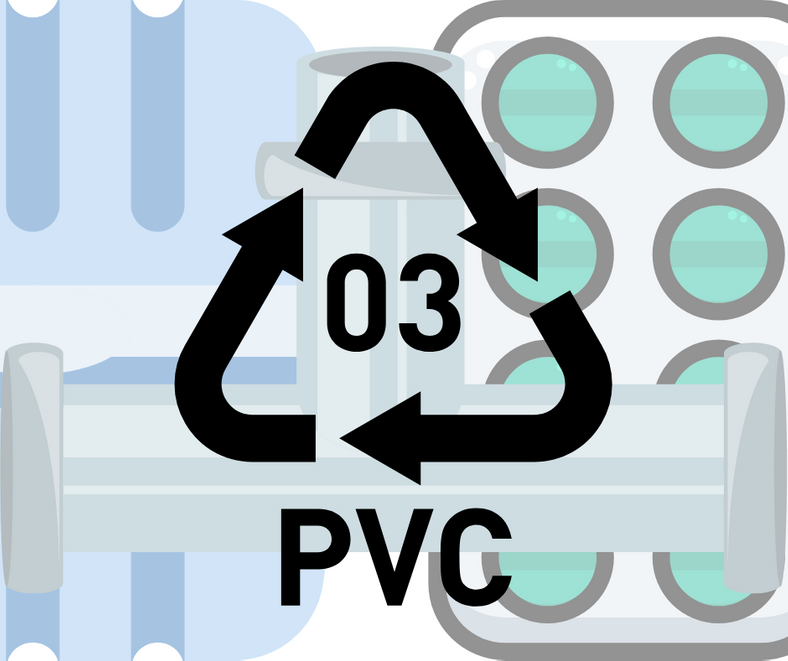
#3 Polyvinyl chloride (PVC or V )
#3 is used to make things like bags for bedding, medical shrink wrap, deli and meat wrap, blister packs, clamshell containers, pipes, siding, window frames, fencing, decking and railings.
❌ #3 PVC is not commonly accepted for recycling.

#4 Low density polyethylene (LDPE)
#4 is stretchy and is used to make things like coating for milk cartons and cups, container lids, shrink wrap, squeezable bottles, and bags for dry cleaning, newspapers, bread, frozen foods, produce, and household trash bags.
❌ #4 LPDE often takes the form of plastic film, which is not accepted in curbside recycling programs (tanglers!)
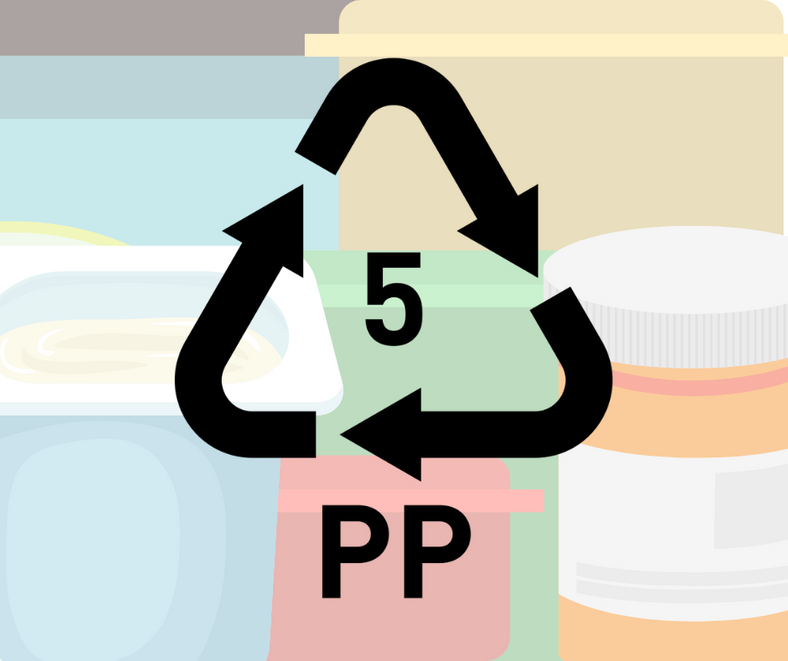
#5 Polypropylene (PP)
#5 is used to make things like bottle caps, medicine bottles, reusable plastic containers (like Tupperware), takeout food containers, and yogurt and margarine tubs.
✅ Most curbside programs accept #5 PP.

#6 Polystyrene (PS)
#6 is used to make things like foam packaging, coffee cup lids, and many things we commonly refer to as Styrofoam.
❌ There aren't good recycling options for #6 PS. Some local places do, however, accept PS for recycling. Check to see if there's one near you.
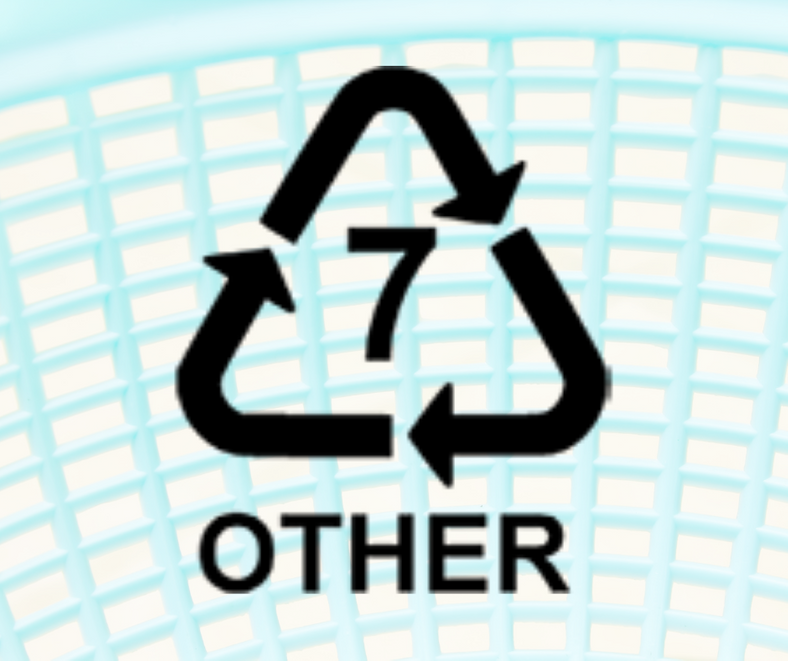
#7 Other
#7 is the none-of-the-above category of plastics. It includes any plastic product that do not fit into categories 1 through 6. This includes compostable plastics (great for the composting bin, not for the recycling bin) as well as some citrus juice and ketchup bottles, large water-cooler bottles, oven-baking bags, barrier layers and custom packaging.
❌ Curbside programs don't accept this type of plastic.
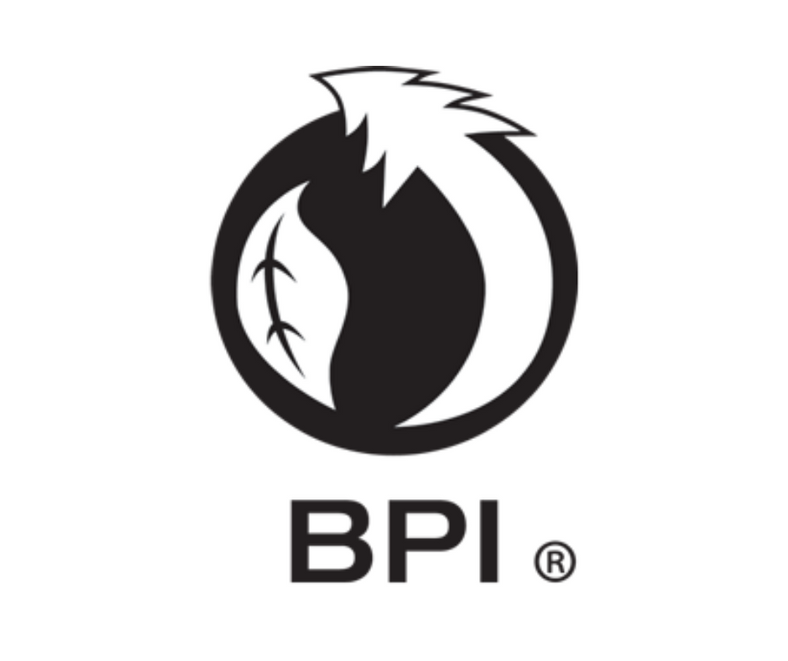
🌱 Bio-based plastics (such as polylactic acid, or PLA) cannot be recycled, but, if (and only if) they have the BPI Certified Compostable logo, they can be composted in commercial composting facilities and are accepted in organics recycling programs. This plastic will not degrade in backyard compost.
As with all of these, you'll want to double-check with your recycling provider before putting anything in your recycling bin.
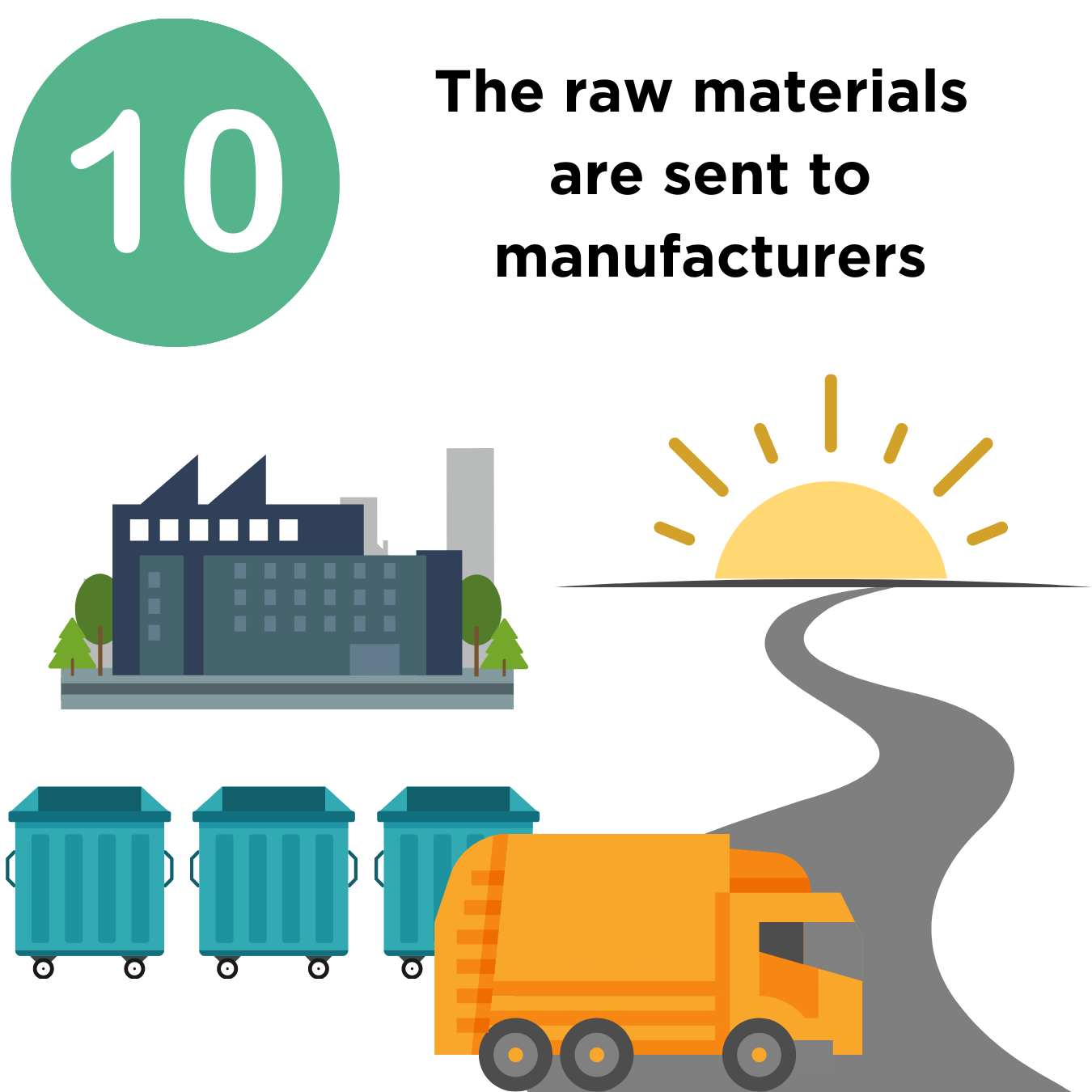
Step 10 | The raw materials are sent to manufacturers
As with everything, recycling depends greatly on supply and demand. So if you want your items to be recycled, be sure to also prioritize buying products made from recycled materials to keep up demand.
What about … ?
So we've covered the broad categories of what can and cannot be recycled, but there are also a number of other things to talk about that don't fit nicely into the above categories, including:
Corks | Natural cork can be put in the compost bin. Plastic lookalikes you may be able to return to a winery.
Batteries | Bring button batteries, lithium ion and rechargeable batteries to a County Drop off facility(search the internet for [County] Battery Drop Off). Place clear tape on both the positive (+) and negative (-) terminals of batteries to prevent fires. Button batteries, lithium ion and rechargeable types of batteries contain hazardous material and are a fire hazard and should never be put in your household trash or recycling.
Alkaline batteries are also accepted by County Drop Off facilities, however because they have very trace (if any) recoverable metals, it's smart to only bring alkaline batteries to the drop-off when you have other non-alkaline batteries or other accepted items to also dispose of. In other words, do not make special trips to the drop off just for alkaline batteries. Alkaline batteries can also be safely disposed of in your household trash.
Textiles | Unfortunately, there isn't a very good way to recycle textiles - it is very difficult to determine where materials go and what happens to them after they are collected. Even donating to a secondhand store is not a guarantee that your items will be reused. The best bet is to repair and reuse textiles as much as you possibly can.
Construction Material | In 2018, the EPA estimated that construction and demolition waste made up more than twice the amount of municipal solid waste. In Hennepin County, about 70% of materials in a demolition project currently go to a landfill, when in reality, about 85% of the materials in a typical demolition project could be salvaged or recycled. If you are going to be doing a demolition project in Hennepin County, check out the resources available here to help ensure that more of the waste is recycled (and check out the deconstruction grants information in the lefthand sidebar).
Other | If you are unsure, search the internet for "[County] Drop Off Facilities" to see what kinds of things are collected.
Think you've gotten the hang of it now? Take this quiz to test your knowledge.
